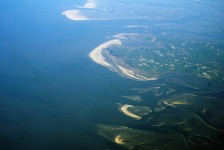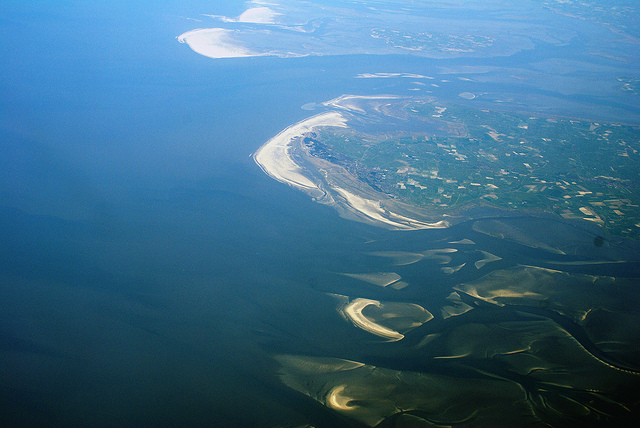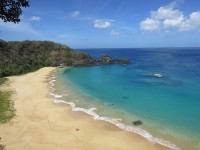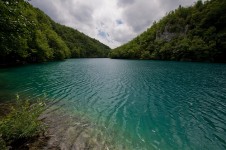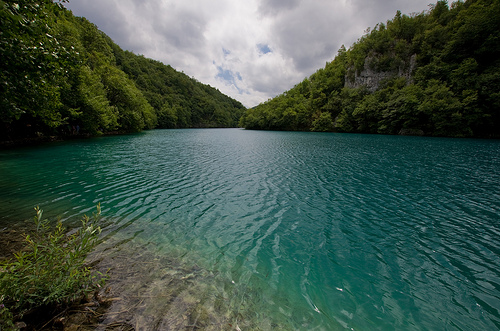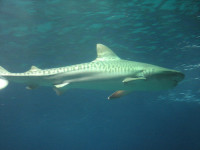
Underwater tigers – presenting the tiger shark.
- Tiger sharks are large fish, or sharks, located in the warmer oceans of the earth, and are commonly found in coastal waters.
- Tiger sharks are the sole species of the Galeocerdo genus, and are from the family Carcharhinidae, the family of requiem sharks.
- Tiger sharks have the scientific name Galeocerdo cuvier, and are also known as ‘sea tigers’, ‘man-eater sharks’ and ‘spotted sharks’.
- Tiger sharks grow to be 3.0 to 5.5 metres (9.8 to 18 feet) in length, and weigh 385 to 1,524 kilograms (848 to 3,360 pounds) in weight.
- Tiger sharks are coloured generally in a combination of blue or green and grey, black and white and are typically patterned with dark stripes.
Tiger Shark
Image courtesy of Gord Webster/Flickr
- Tiger sharks eat a wide variety of items, but their diets typically consist of fish, birds, marine mammals and molluscs, as well as man-made rubbish.
- The tiger shark is second only to the great white shark, as the most common to attack humans, even though it is an uncommon for them to strike.
- Tiger sharks are commonly hunted for their skin, fin, flesh and liver, the latter containing a significant amount of vitamin A, used to create vitamin rich oil.
- Female tiger sharks give birth to fully developed young, numbering from 10 to 80, after they have been forming internally for up to 16 months, and they have an approximate lifespan of 30 to 50 years.
- Tiger sharks can move at speeds of 32 kilometres per hour (20 miles per hour), even though they generally move slowly through the water.
Bibliography:
Tiger shark, 2014, A-Z Animals, http://a-z-animals.com/animals/tiger-shark/
Tiger shark, 2014, National Geographic, http://animals.nationalgeographic.com.au/animals/fish/tiger-shark/
Tiger shark, 2014, Wikipedia, http://en.wikipedia.org/wiki/Tiger_shark





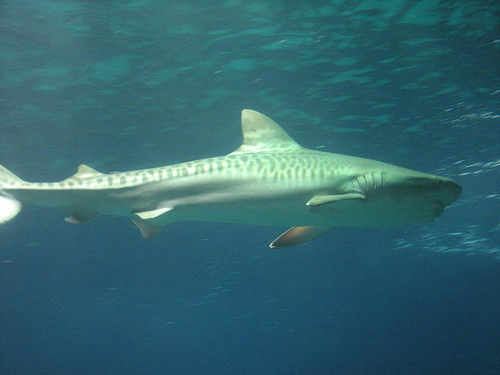
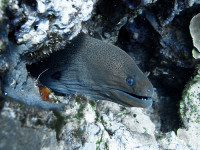



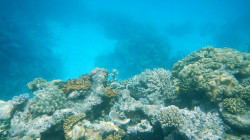
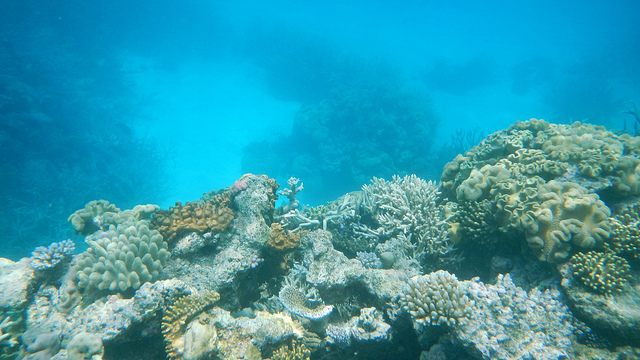 Part of the Great Barrier Reef
Part of the Great Barrier Reef

